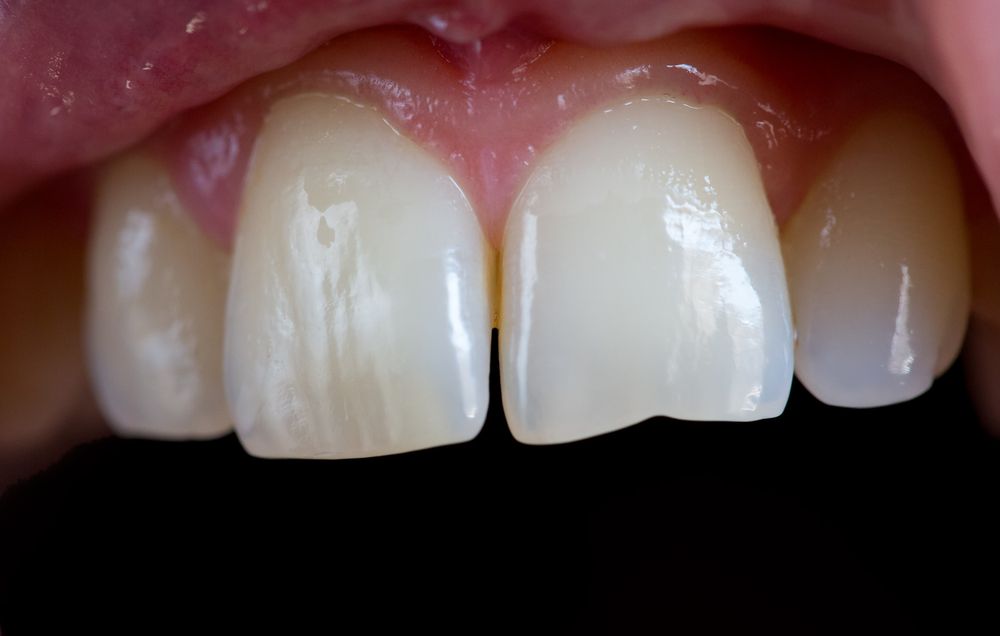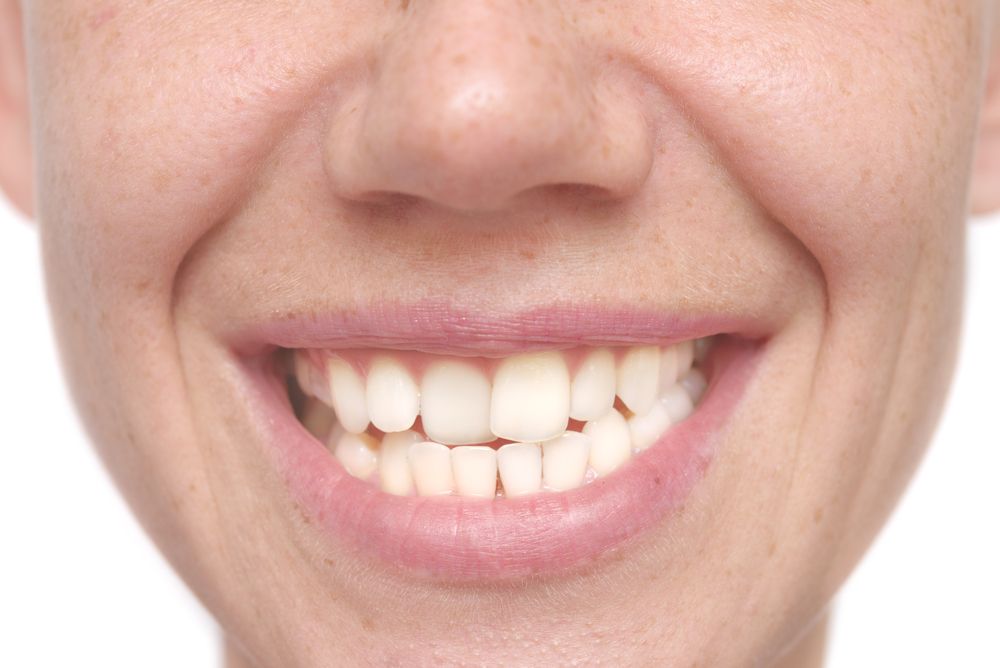Orthodontist in Tomball, TX, Answers Your Frequently Asked Questions
Orthodontics is a specialized branch of dentistry that focuses on correcting irregularities in the teeth and jaws, ultimately enhancing your smile and overall oral health. If you’re considering orthodontic treatment, then you probably have some questions. That’s why our orthodontist in Tomball, TX, is here to answer your queries about orthodontia (read more about our Tomball orthodontist here).
Are you looking for an experienced yet affordable orthodontist in Tomball, TX? Look no further than Dr. Wint Tun at Harmony Orthodontics. With Dr. Tun, you can feel confident that you’ll receive treatments that fit your needs and budget. Give our team a call at (832) 699-3683 to schedule your consultation now!
In today’s blog, our orthodontist in Tomball, TX, answers some of the most frequently asked questions about orthodontia. Stick around to learn more about the process, benefits, and considerations of orthodontic treatment.
1. What is orthodontics?
Orthodontics is a dental specialty that involves diagnosing, preventing, and correcting misaligned teeth and jaws. Through various treatments, orthodontists work to improve both the aesthetics and functionality of your smile.
2. When is the right time for orthodontic treatment?
Children as young as 7 may benefit from early intervention, but most orthodontic treatments are typically done during the teenage years. However, adults can also pursue orthodontic treatment to achieve a healthier and more aligned smile.
3. What are the different types of orthodontic treatments?
There are several types of orthodontic treatments available, including;
- Traditional braces
- Clear aligners, such as Invisalign®
- Lingual braces
- Retainers
- Expanders
- Space maintainers
- Headgear
4. How long does orthodontic treatment take?
On average, treatment can last anywhere from one to three years. However, case complexity and patient compliance can affect overall treatment times.
5. Are orthodontic treatments painful?
Some discomfort is normal after adjustments, especially during the initial days of wearing braces or changing aligners. However, the discomfort is usually mild and temporary.
6. How do I care for my teeth during orthodontic treatment?
Brushing and flossing may require some adjustments, but your orthodontist will provide specific instructions to ensure you keep your teeth and orthodontia clean. Regular dental check-ups are also essential.
7. Are there dietary restrictions with braces or aligners?
It is wise to avoid certain sticky or hard foods with metal braces, like popcorn, hard candy, and chewing gum. With aligners, however, you can remove them while eating, so there are no dietary restrictions.
8. Will I need to wear a retainer after treatment?
Yes, wearing a retainer is crucial after completing orthodontic treatment. Retainers preserve teeth’s new position in the mouth, which prevents them from shifting back over time.
9. How much does orthodontic treatment cost?
The cost of orthodontic treatment varies based on factors such as:
- The type of treatment
- The severity of your case
- Your geographic location
- Your insurance coverage
Ask our orthodontist in Tomball, TX, for a breakdown of costs before proceeding with treatment.
10. Can orthodontic treatment improve my oral health?
Absolutely. Straight teeth are easier to clean, which can significantly reduce the risk of cavities, gum disease, and other dental problems.
Contact an Orthodontist in Tomball, TX, Today
Orthodontic treatment offers numerous benefits beyond just aesthetic improvements. Whether you’re considering treatment for yourself or a family member, the first step toward a healthier smile begins at Harmony Orthodontics. If you’re ready to schedule a consultation with our orthodontist in Tomball, TX, then schedule your appointment online or call (832) 699-3683 now!




